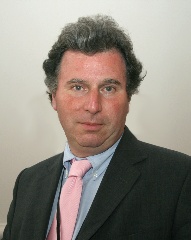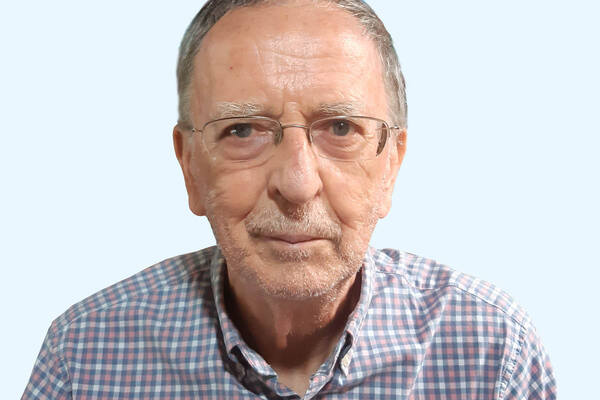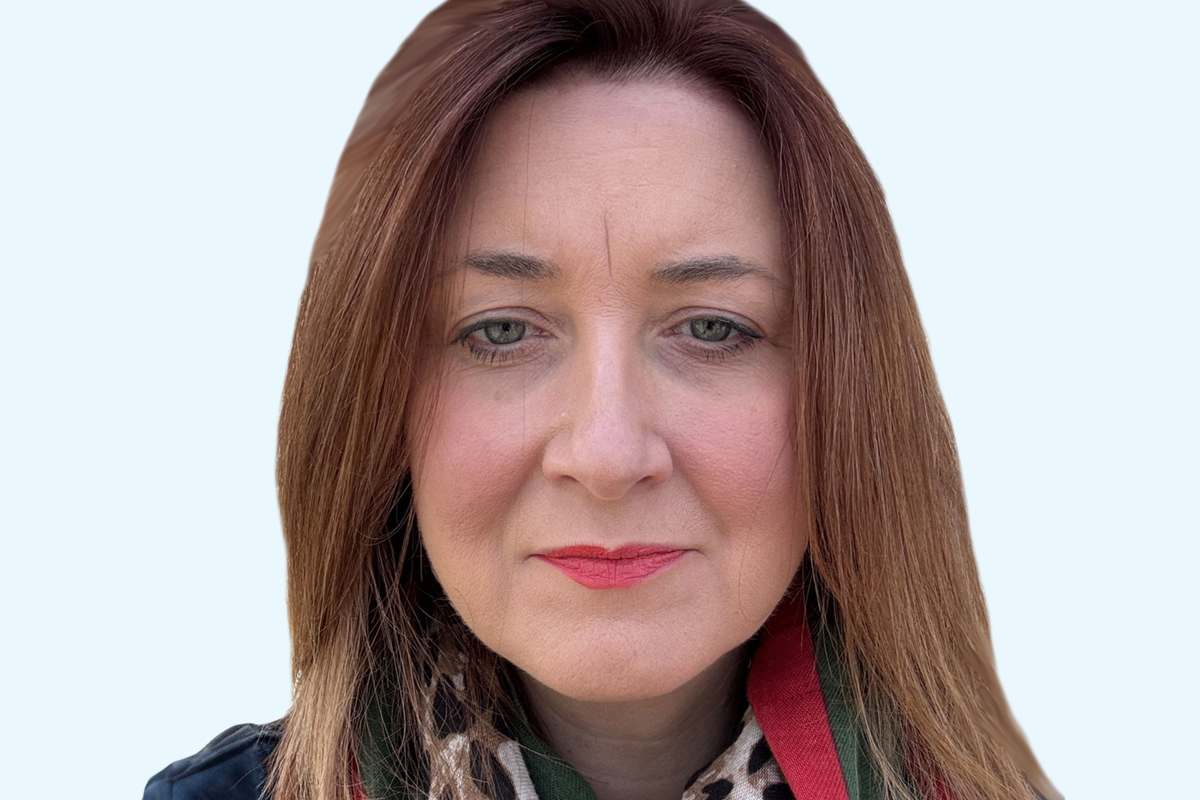You are viewing 1 of your 1 free articles

Cym D’Souza is chief executive of Arawak Walton Housing Association and chair of BMENational
Erosion concern
BME communities remain significantly disadvantaged despite some progress, says Cym D’Souza

Cym D’Souza is chief executive of Arawak Walton Housing Association and chair of BMENational

Oliver Letwin’s position at the centre of government is worrying, according to Cym D’Souza
At the turn of the year, as is traditional, previously protected government documents were released into the public domain. This year, a highly sensitive report by Oliver Letwin MP, written in the wake of the urban unrest throughout 1985.
Following riots in Britain’s inner cities – most memorably in Brixton, Toxteth and Handsworth – Oliver Letwin, then a member of Margaret Thatcher’s Downing Street policy unit, gave advice to the prime minister that the disturbances stemmed from “bad moral attitudes” rather than urban poverty, racial discrimination and insensitive policing which enquiries from Scarman to McPherson have underscored as key factors.
In his confidential report, Letwin, who is now MP for West Dorset and an advisor on inner cities, and later a Conservative MP, Hartley Booth, briefed Margaret Thatcher that “lower-class unemployed white people had lived for years in appalling slums without a breakdown of public order on anything like the present scale”. While Letwin has apologised for the views he expressed in 1985, it is worrying that he still sits at the centre of government as a cabinet minister and chief advisor to David Cameron.
Letwin and Booth went on to warn that any help for black and minority ethnic (BME) businesses would only end up in the “disco and drug trade”. Letwin argued against other, more enlightened cabinet members, who advocated investment in BME communities to tackle urban poverty and to boost life chances. The riot-torn areas were among the poorest parts of the UK.
Investment in the inner cities to encourage BME entrepreneurs, refurbishment of run-down housing and positive action programmes to support employment and business-start-ups for young BME people were seen by the ‘wets’ in Thatcher’s cabinet as crucial to avoid further disruption. What emerged was the Inner City Partnership Programme and the creation of the first Black and Minority Housing Strategy by the Housing Corporation.
Today’s BME social housing sector was supported by this and subsequent strategies. The aim was to aid existing and embryonic BME housing associations to develop new housing for BME communities, to develop BME board members and staff, and enable BME people better access to social housing, from which many were excluded at the time. Within five years more than 40 BME housing associations had been created; later rising to over 100.
Despite these positive measures, and that 2016 marks the fortieth anniversary of the Race Relations Act, which sought to reduce racial discrimination, including in the allocation of social housing, BME communities remain disadvantaged in housing, health and employment.
Research by the Human City Institute reveals that individuals from a BME background remain more likely to be homeless. While accounting for one in seven of the total population in 2011, BME households represented one in three of those accepted as statutorily homeless by local authorities. BME people are also more likely to be among the non-statutory and hidden homeless.
Homelessness continues to grow in BME communities. In 2001, 28% of total statutorily homeless households were from a BME background, but by 2011 this had grown to 33% and has since increased further to stand at almost 40%.
Overcrowded or poor housing are also experienced by larger proportions of BME communities than their white neighbours. Although overcrowding, based on number of rooms per household member, decreased overall between 2001 and 2011, ethnic inequalities persist. While only 6% of the white population is classified as overcrowded, between 15% and 35% of BME households are overcrowded.
In terms of ethnic groups, black Africans and Bangladeshis are most likely to be living in overcrowded housing.
Around one quarter of BME households live in the oldest pre-1919 built homes which are more prone to poor housing conditions. Fifteen per cent of BME households live in a home with a category 1 hazard (designated as ‘poor housing’) under the Housing, Health and Safety Rating System. This rises to 18% for BME households living in the private rented sector.
The Hills definition of fuel poverty, which takes into account housing costs and the ‘fuel poverty gap’, shows that 16% of BME households live in fuel poor households compared with 10% of white households.
Furthermore, BME communities have lower life expectancy, higher rates of morbidity, are more likely to be unemployed and less likely to be in high-earning ‘prestige’ jobs.
It is clear that much progress has been made since Oliver Letwin wrote his ill-informed report. But the erosion of social housing, welfare reform, growing urban decay, cuts in local services and the decline of the BME housing sector will lead to further erosion of the lives and life chances of BME communities.
Cym D’Souza is Chair of BME National and chief executive of Arawak Walton Housing Association







